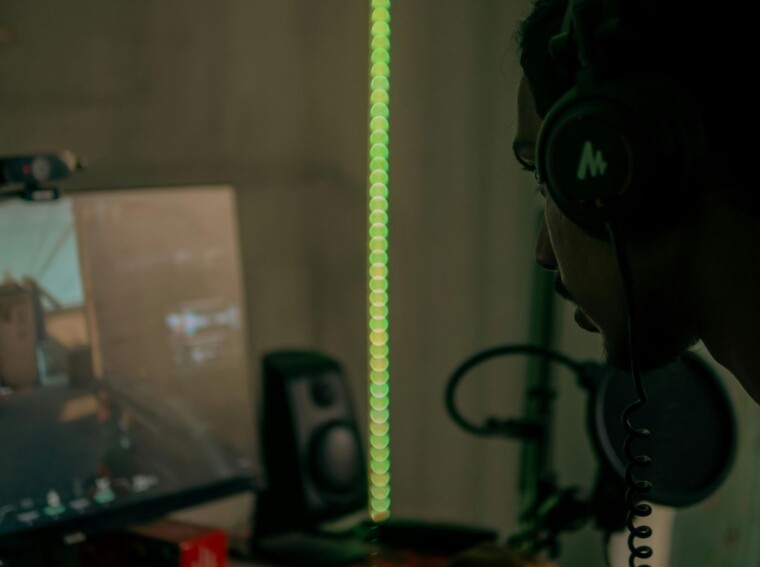Call of Duty matches move fast. One strong break on Hardpoint or a clean retake on Search and Destroy can flip a result in seconds.
If you want to follow that swing with numbers, you need to read odds. Esports markets at platforms such as ufabet เว็บหลัก show prices for match winners, map lines, and simple props.
This guide explains the basics step by step, so you can turn odds into clear probabilities and make steady choices.
Match Format Basics
Most top CoD events use a best of five series with Hardpoint, Search and Destroy, and Control in rotating order. The first team to win three maps takes the series.
This matters because many markets focus on single maps, not only the match winner. If a map pool fits a team’s AR lanes and long sightlines, their price on that map can be shorter than their match price.
Check how maps, sides, and veto rules are set. Small details such as first pick and map order can move numbers. The more you understand the format and map trends, the easier the prices are to read. You are not guessing. You are matching structure to numbers.
Moneyline Odds
The moneyline is a simple “who wins the match” market. In American format, a minus number marks the favorite and a plus number marks the underdog.
- Example: Team A at -150, Team B at +130
- A -150 price means you risk 150 to earn 100 profit if Team A wins.
- A +130 price means you risk 100 to earn 130 profit if Team B wins.
You can convert any price into an implied chance. This helps you compare the market to your own view.
- For a favorite (negative): implied chance = price ÷ (price + 100)
Example: 150 ÷ (150 + 100) = 150 ÷ 250 = 0.60, or 60 percent. - For an underdog (positive): implied chance = 100 ÷ (price + 100)
Example: 100 ÷ (130 + 100) = 100 ÷ 230 ≈ 0.435, or 43.5 percent.
Now compare: If your estimate gives Team A a 55 percent chance but the line implies 60 percent, the market is stronger on Team A than you are. If you think it is 65 percent, your view is stronger. Thinking in chances keeps you honest.
Map Handicaps
A handicap, also called a spread, adjusts the result by maps or rounds. In a best of five, a common line is Team A -1.5 maps. Team A must win three maps while holding the other team to one or zero.
When might a handicap be better than a moneyline?
- Map pool fit. If Team A’s Hardpoint numbers are strong and they break hills well on long lanes, they are more likely to stack maps. If the pool includes two of their best Hardpoints, the -1.5 can pay better than the straight moneyline.
- Series stability. CoD can swing, but some rosters show steady holds, clean trades, and few unforced errors. Lower swing makes spreads safer. If both teams are streaky, a simple moneyline is often safer than a spread that needs a 3 to 0 score.
Map markets often list each map. If you expect a slow start from a team but stronger Control play, Map 3 might be a better target than Map 1. Keep your view tied to real habits you can point to, like break timing, rotation success, and hill holds.
Totals: Rounds and Maps
Totals set a number and ask you to pick over or under. There are map totals, such as rounds in Search and Destroy, and match totals, such as total maps played.
For Search and Destroy, round counts often sit near common breakpoints because teams trade early picks and slow down on retakes. If both squads are careful and trade info well, the over can make sense.
If one team gets first blood often, snowballs trades, and closes rounds quickly, the under can make sense.
For match totals, a 3 to 2 series often shows up when each side has one clear comfort map. If the veto leaves both teams with strong picks, the over on total maps is more likely.
Simple Props
Props look at small outcomes inside the match, such as “Team to win Map 1” or “Player most kills on Map 2.” Keep it simple and pick props that relate to steady patterns.
- First to 100 points on Hardpoint. Early rotations and good spawn reads help teams hit early thresholds. Watch recent VODs and note break timing.
- Search and Destroy first blood. Entry pair synergy and info utility raise first blood rates. Teams with clean opening plays show more consistent first bloods.
- Control defense holds. On defense first, strong anchor spots and streak management can post clean holds. If the same team has a reliable second offense, they cover more Control props.
Keep your list short. Track results across events. If a prop price swings hard without a roster change or a map pool shift, take a second look before you act.
Bankroll And Recordkeeping
Good choices need a plan. Set a fixed risk per pick, such as 0.5 to 1.5 percent of your bankroll. This keeps downswings smaller and forces you to be selective.
Record every pick in a simple sheet: event, market, price, implied chance, your chance, and result. Add short tags like “AR lanes strong” or “sniper nerf impact.” Over time, your notes will show what really works.
Reading Line Moves
Watch late line moves. A fast move toward a favorite can reflect roster news, a map swap, or heavy public action. A drift the other way can hint at a veto change. You do not need to chase every move. Use moves as a signal to recheck your view.
Lean on public facts, not rumors. League formats, map pools, and rule tweaks are documented. Confirm them and keep your sheet tidy. Your process will improve even if a few results go against you.
Repeatable Workflow
Start with the match format and map pool. Convert the moneyline to an implied chance. Compare that number to your view. If the gap is large and your notes support it, consider the main market. If the match looks one sided on maps, look at a handicap. If each side holds a comfort map, study totals. For props, choose one or two patterns you understand and track them across events.
This routine is simple, and that is the point. It mirrors how you improve in ranked play. Focus on a few skills, track results, and adjust. Odds become another tool you can scan in seconds.

Final Takeaway
Learn the match format, then turn prices into simple chances you can compare with your own view. Focus on a few markets you understand, like moneyline, spreads by maps, and one or two props. Keep risk small, write down every pick, and watch late price moves as a signal to recheck your notes. Use public facts on rules and maps, not rumors. With this steady routine, you will make calmer, better choices in CoD esports.
